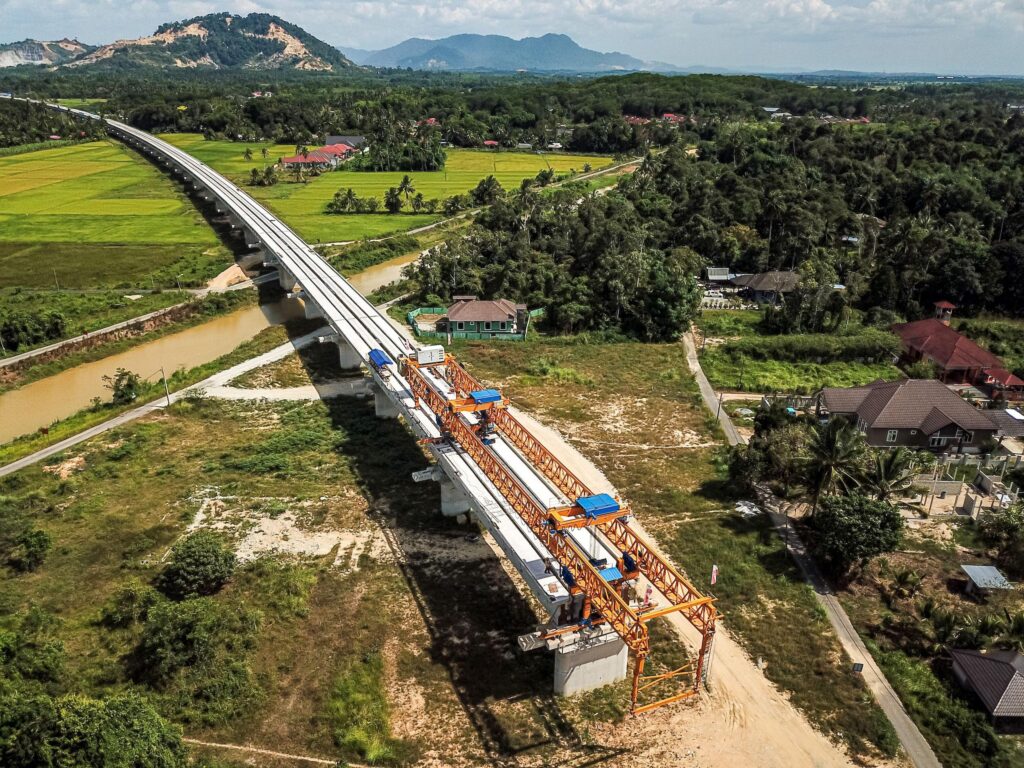Welcome, curious minds! Today, we’re embarking on a journey to uncover the mysteries and realities of the Belt and Road Initiative China, a grand vision by China that’s stirring conversations worldwide. But what’s it all about? Is it a pathway to mutual prosperity, or a strategic move for global dominance? Let’s dive in, breaking down complex ideas into bite-sized, easy-to-understand pieces.
Understanding the Belt and Road Initiative
Launched in 2013 by President Xi Jinping, the Belt and Road Initiative China is one of the most ambitious infrastructure and investment projects in history. It aims to connect Asia with Africa and Europe via land and maritime networks to improve regional integration, increase trade, and stimulate economic growth. The “Belt” refers to the Silk Road Economic Belt, which is a series of overland corridors, and the “Road” is the 21st Century Maritime Silk Road, highlighting sea routes.
The Goals of BRI
The initiative has several lofty goals:
- Enhance Regional Connectivity: BRI seeks to build a network of railways, roads, pipelines, and maritime routes to boost connectivity.
- Promote Economic Development: By fostering trade and investment, BRI aims to encourage economic development across participating countries.
- Cultural Exchange: It also seeks to enhance cultural exchanges and mutual learning between different civilizations.
Opportunities Presented by BRI
- Infrastructure Development: For many countries, BRI is an opportunity to accelerate infrastructure development, from roads to railways, significantly impacting their economies.
- Economic Growth: Increased trade and investment can lead to job creation and economic growth, offering a boost to local economies.
- International Cooperation: BRI promotes international cooperation, offering a platform for countries to work together on mutual benefits.
Navigating the Challenges
However, the road is not without its bumps:
- Debt Sustainability: Critics argue that BRI projects often lead to unsustainable debt levels for participating countries, potentially leading to economic dependency on China.
- Environmental Concerns: The environmental impact of large-scale infrastructure projects is also a significant concern, with potential negative effects on natural habitats and biodiversity.
- Geopolitical Tensions: The initiative has also sparked geopolitical tensions, with some viewing it as China’s attempt to expand its influence globally.
Actionable Tips for Engaging with BRI
- Thorough Assessment: Countries and businesses considering engagement with BRI projects should conduct thorough assessments of the benefits and risks, including financial sustainability and environmental impact.
- Leverage for Local Benefit: Ensure that projects are tailored to meet local needs and contribute to sustainable development goals.
- Promote Transparency and Good Governance: Advocating for transparency in agreements and projects can help mitigate risks of corruption and ensure that projects deliver their intended benefits.
- Environmental Consideration: Push for environmental assessments and the incorporation of sustainable practices in BRI projects to protect local ecosystems.
Real-Life Examples
Several countries have seen transformative projects under BRI:
- Pakistan: The China-Pakistan Economic Corridor (CPEC) is a flagship BRI project, involving energy projects, roads, and the Gwadar Port, aiming to enhance connectivity and economic growth.
- Sri Lanka: The Hambantota Port development is another example, although it has also raised concerns about debt sustainability.
- Africa: Multiple African countries are involved in BRI, with projects focusing on infrastructure development, such as railways and ports, aiming to boost trade and economic growth.
Final Thoughts
The Belt and Road Initiative China represents a monumental effort to reshape global trade and economic landscapes. While it opens doors to numerous opportunities, it also comes with challenges that require careful navigation. By understanding both the potential benefits and risks, countries, businesses, and individuals can better position themselves to engage with BRI in a way that promotes sustainable and mutually beneficial outcomes.
Remember, in the world of global economics and politics, knowledge is power. By staying informed and approaching opportunities with a balanced perspective, we can navigate the complexities of initiatives like BRI with confidence and insight.


More Stories
Are High Quality Replica Watches Worth Your Time? Tips, Benefits, and More!
Understanding ASME Vessels: Key Specifications and Standards You Need to Know
Relationship Retreats vs. Traditional Therapy: Which Is Right for You?